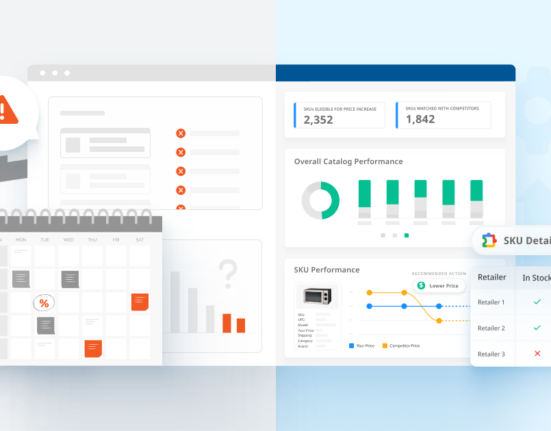It’s hard to set the right price, build the perfect promotion, launch a new product, or otherwise achieve eCommerce success in your market.
These challenges come up all the time during our conversations with professionals in your space—you need high-quality data, and you need to be able to trust it and act on it. To address these needs, we’ve worked hard on an online suite of solutions that extract data and turn it into actionable insights.
How do we do this? One way is through market listening. But what is market listening? And how is it set up to serve your long-term needs, not just a one-off data pull?
What is Market Listening?
Market listening can have a few different definitions, and there’s not really a one-size-fits-all solution. At Wiser, we define market listening as an eCommerce extraction tool that captures website data on your brand, your prices, your competitors, and other market conditions. Specifically, our tool can serve you details about your brand mentions, SKU prices, competitor price trends, ratings and reviews, and other eCommerce metrics.
Overall, market listening is a way for you to better understand what is going on with your target audience—what they see when they browse, which products they prefer—as well as your competitors and your own brand. It’s similar to market research in that sense, but our tool makes it quick and easy to capture this information with neither hassle nor learning curve.
Market listening is an eCommerce extraction tool that captures website data on your brand, your prices, your competitors, and other market conditions.
Market Listening or Social Listening?
Another common term in this space is social listening. Social listening is very similar, but it captures information from social media accounts. What are consumers saying about your brand? Your competitors? Are they talking about your products on popular social platforms like Facebook, Twitter, or Instagram?
The solution we’ve built to serve brands and retailers is like this, but we pull data from eCommerce websites, offering up an overlay of information on top of product pages so you can better understand your position compared to the market. You’ll get data on competitors, promotions, prices, and products right on top of these existing websites.
Social listening, on the other hand, helps you track conversations about your brand or competitor brands on social media. It’s more consumer-focused compared to market listening, which can be more competitor- and product-focused.
When Would You Need Market Listening?
Whether you’re a marketer or not, there are plenty of use cases for market listening. It can be valuable for sales and marketing roles, of course, but also for category managers, pricing analysts, shopper insights pros, and others inside your company.
Here are a few times when you’d definitely need this type of data extraction:
- Immediate Results: You’ll need market listening when you want to monitor your industry in real-time. We’ve developed a tool that will overlay critical information on top of eCommerce sites, so you can learn more about your market while you browse. There’s no waiting around for a report, and when your competitors are changing prices, promotions, and assortment in minutes, you need to be able to react quickly.
- Visual Learning: Market listening can be a great way to get a visual snapshot of your competitive landscape. This is great for anyone who prefers visual learning to poring over rows of Excel data. You’ll get highlighted callouts on the page, plus additional graphs and charts explaining what is going on.
- Competitive Benchmarking: You definitely want market listening if you need in-depth competitive benchmarking that actually shows you what the competition is doing, including how they are pricing products over time. The issue is you need to be proactive with your strategies, not reactive, and our real-time solution solves this core issue by displaying competitive data on the website for quick visualizations and trend analysis.
Do you need a more comprehensive, timely, and accurate report of what is happening online? What your competitors are doing? How your target audience feels about products and brands? Then you’ll likely agree with our definition of market listening. Learn more about how our market listening tool gets you the visibility you need to smart, informed decisions across your pricing, promotional, and merchandising strategies.










